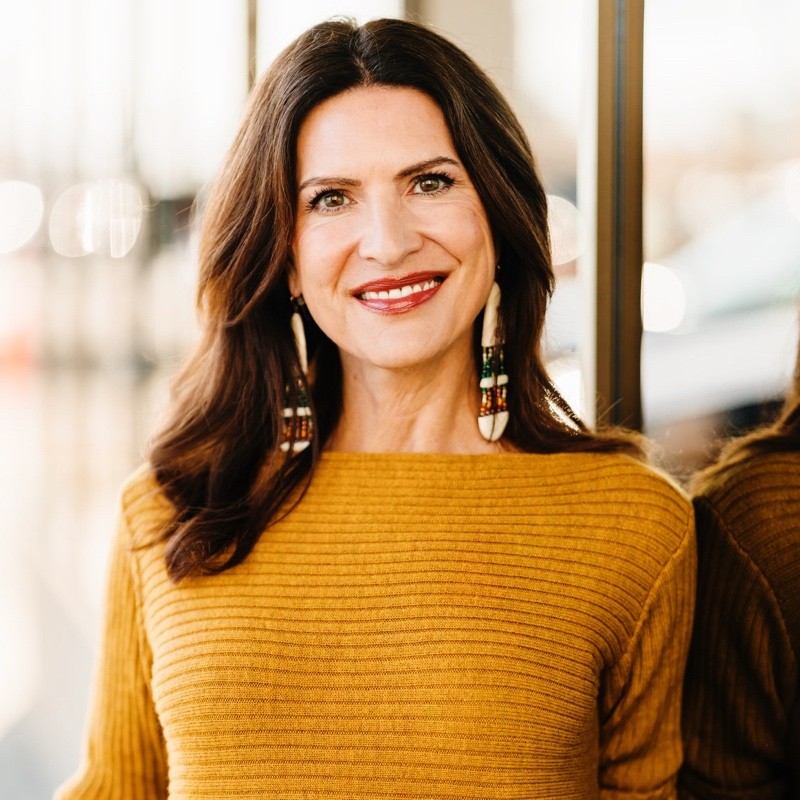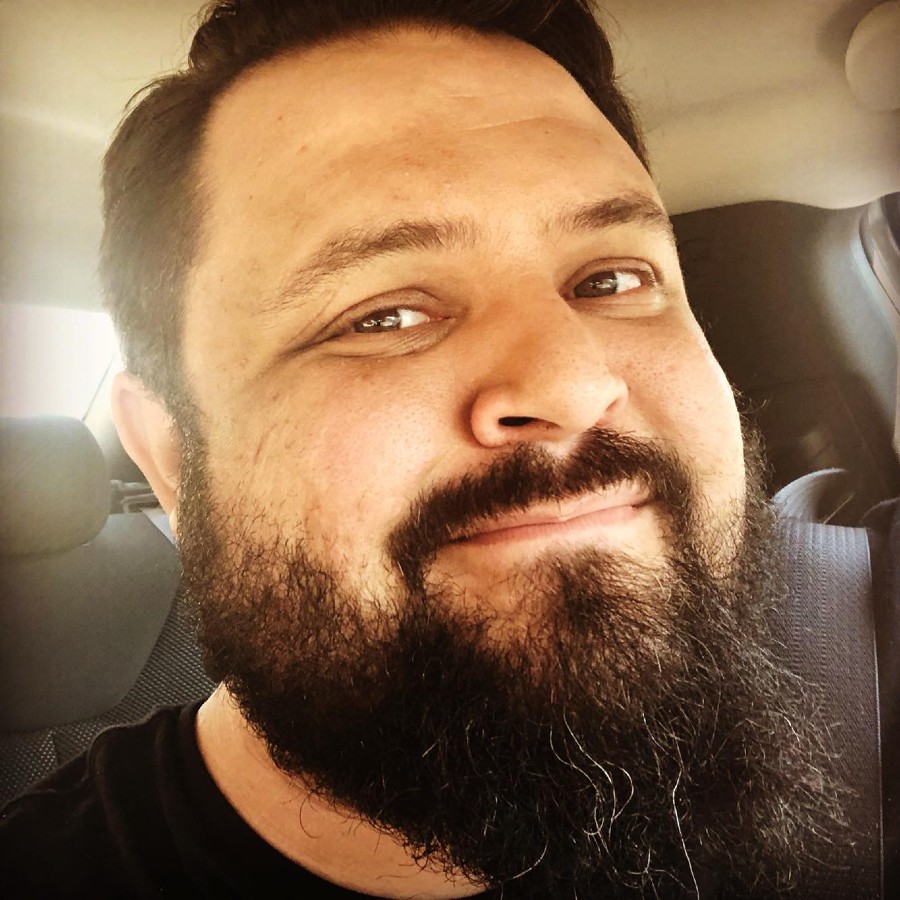
- Details
- By Chez Oxendine
- Economic Development
Over the course of 25 years, Kristina Woolston has overseen mining, fiber optic installation and advocacy for Alaska Native corporations across Alaska. In January, she became CEO of the Old Harbor Native Corporation, stepping into the role just ahead of a sea of changes brought by the Trump administration.
Managing change, Woolston told Tribal Business News, has been a matter of hunkering down and sticking to the plan: driving up revenues across OHNC’s array of businesses while creating more benefits and opportunities for the corporation’s shareholders.
“Our approach to navigating political and business challenges is to stay true to our core values and cultural tenets,” Woolston said. “We focus on what we can control and impact, maintaining our direction by adhering to the mission established by our board: to be self-sufficient, protect our land, develop our resources, and create opportunities for our people while delivering excellent work in our communities.”
It’s a mission close to Woolston’s heart. As a shareholder of the Bristol Bay Native Corporation and a tribal member of the Naknek Native Village Council, dividends from ANCs have supported her throughout her career, eventually leading her to OHNC.
Woolston sat down with Tribal Business News to discuss what her new role entails and what’s ahead for OHNC.
This interview has been edited for clarity and brevity.
What does your daily routine look like right now?
My daily routine involves working with a tremendous staff across multiple offices — in Anchorage, Old Harbor, Kodiak, and with employees in the lower 48.
What community-focused projects is OHNC developing right now?
We're currently focused on exciting community projects like managing a 300-head bison herd on Kodiak Island, which could potentially become a commercial operation. We also operate three hoop house farms providing fruits and vegetables to community members and are developing an oyster and kelp farm in the waters off Kodiak Island.
How has the transition been with the existing OHNC team, given your background in different sectors?
I get to work on a daily basis with a team that has been fairly stable over the years and has a lot of tenure, and so I'm learning as much from them as they're learning from the different projects that I've worked on over the years, bringing it into this organization. We’re sharing ideas back and forth.
There's a lot of political change right now. How does OHNC navigate that?
I view whatever political climate or business climate I'm in as a way to enhance the natural things that we have going for us.
What core strengths are you leaning into?
I think our values and our cultural tenets really help us thread whatever needle is in front of us. And when we stay true to that, we maintain our direction and our focus on the things that we can control and the things that we can impact the outcome of and that doesn't really change.
How does OHNC maintain effective government relations given your unique status under the Alaska Native Claims Settlement Act?
As Alaska Native Corporations, we were created by Congress under the Alaska Native Claims Settlement Act - by that very relationship, we engage frequently with the federal government on a variety of issues, whether that’s fisheries or marine mammals, subsistence economic opportunities, tribal consultations…all of those components that allow us to meet our commitments to our communities.
We seek to build relationships with both our representatives and our stakeholders, and that’s right there at the core of basically anything we do. We take a hands-on approach to developing relationships and educating lawmakers, the administration, and various agencies. We think there's no substitute for having a one on one conversation and developing a relationship with those that have either authorization or an impact in our communities.
What long-term projects is OHNC currently developing to strengthen its sovereignty in the region?
We’re working on issues around fisheries and marine mammals with the Kodiak Island Tribal Coalition in D.C. right now, for example. That’s a component of these long-range efforts to build a commercial food source that’s both cultural but also nutritious and unique, and developing a workforce around that. That’s one of our biggest priorities in the long term.
How do your existing business operations complement these new initiatives and support the local economy?
We’re fortunate to be able to invest in and develop local companies and work opportunities in those areas. There’s the oil and gas service company, our roofing company, and prior efforts in tourism and the hospitality industry. These are all things that allow us to employ locally, support local economies, and continue building those business communities. We see Alaska as an incredible place to live and work, and we’re excited that we can invest in and operate companies here.
